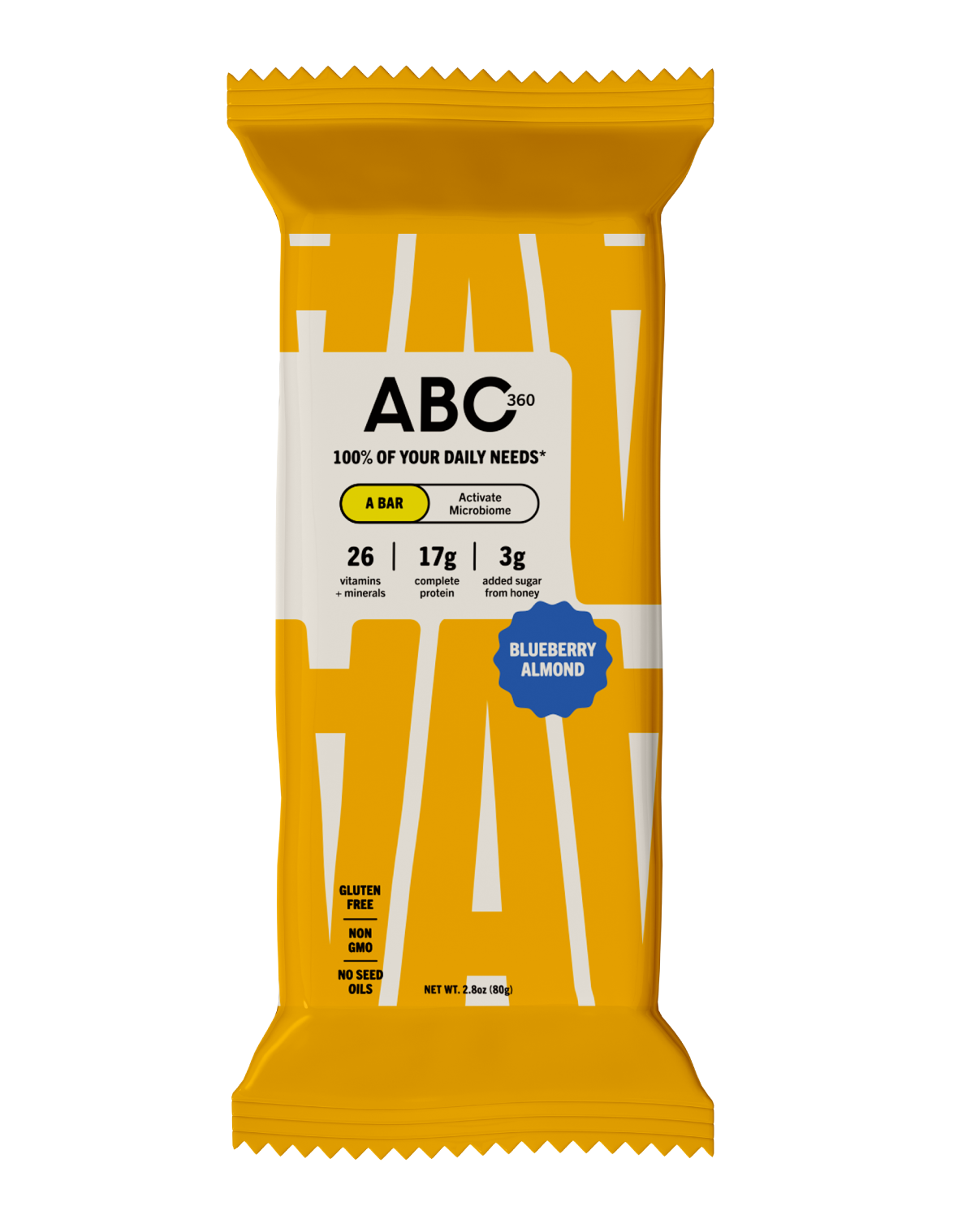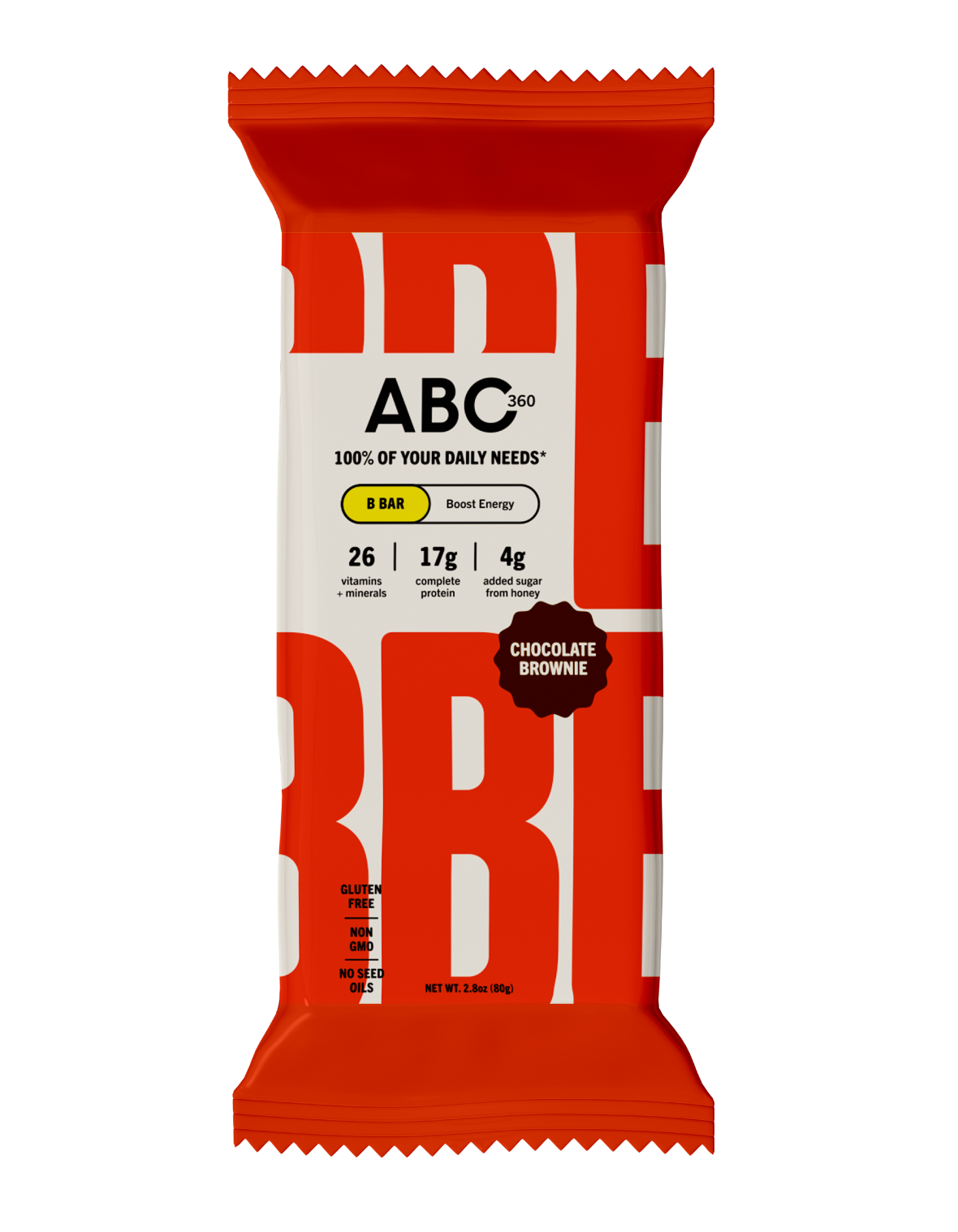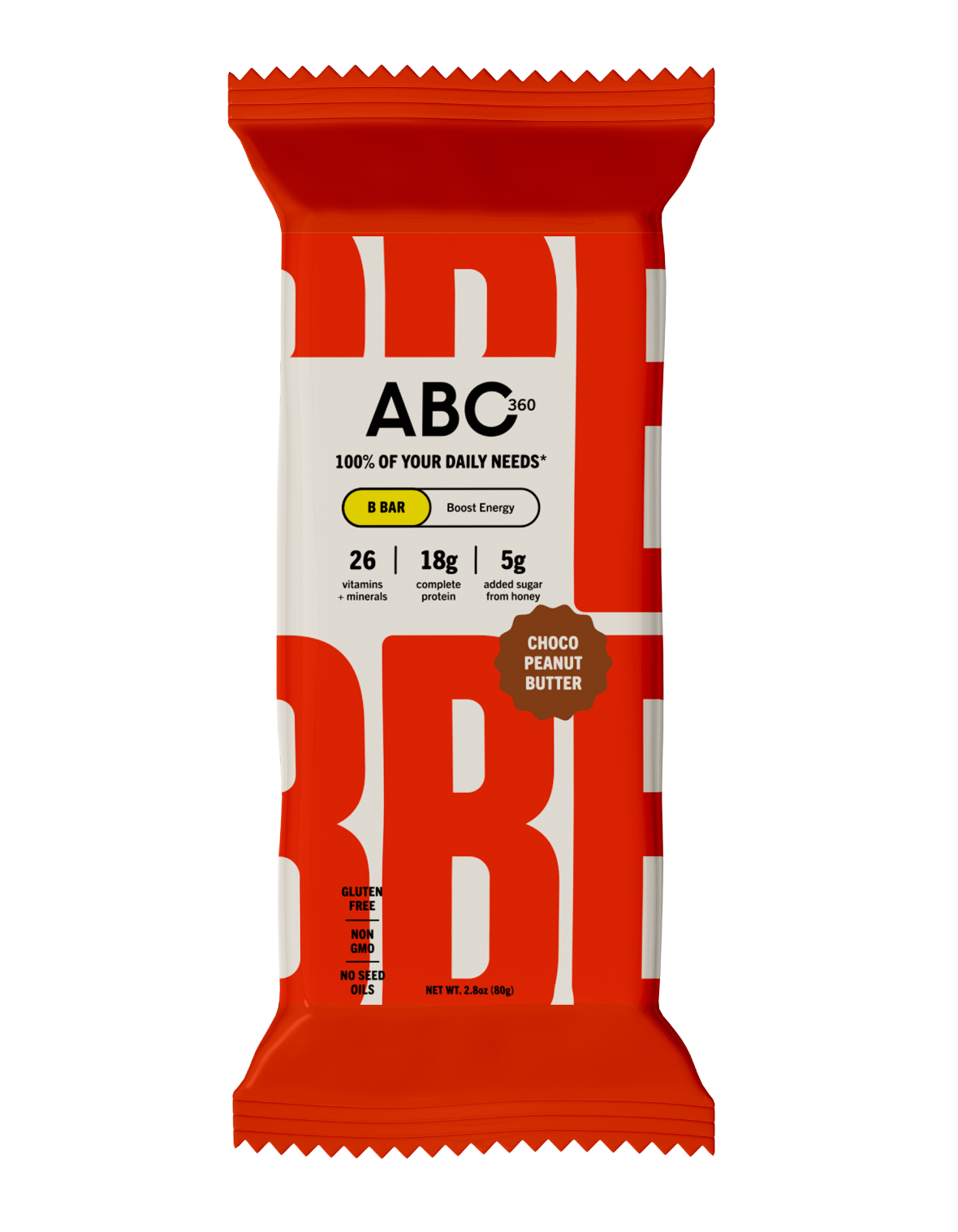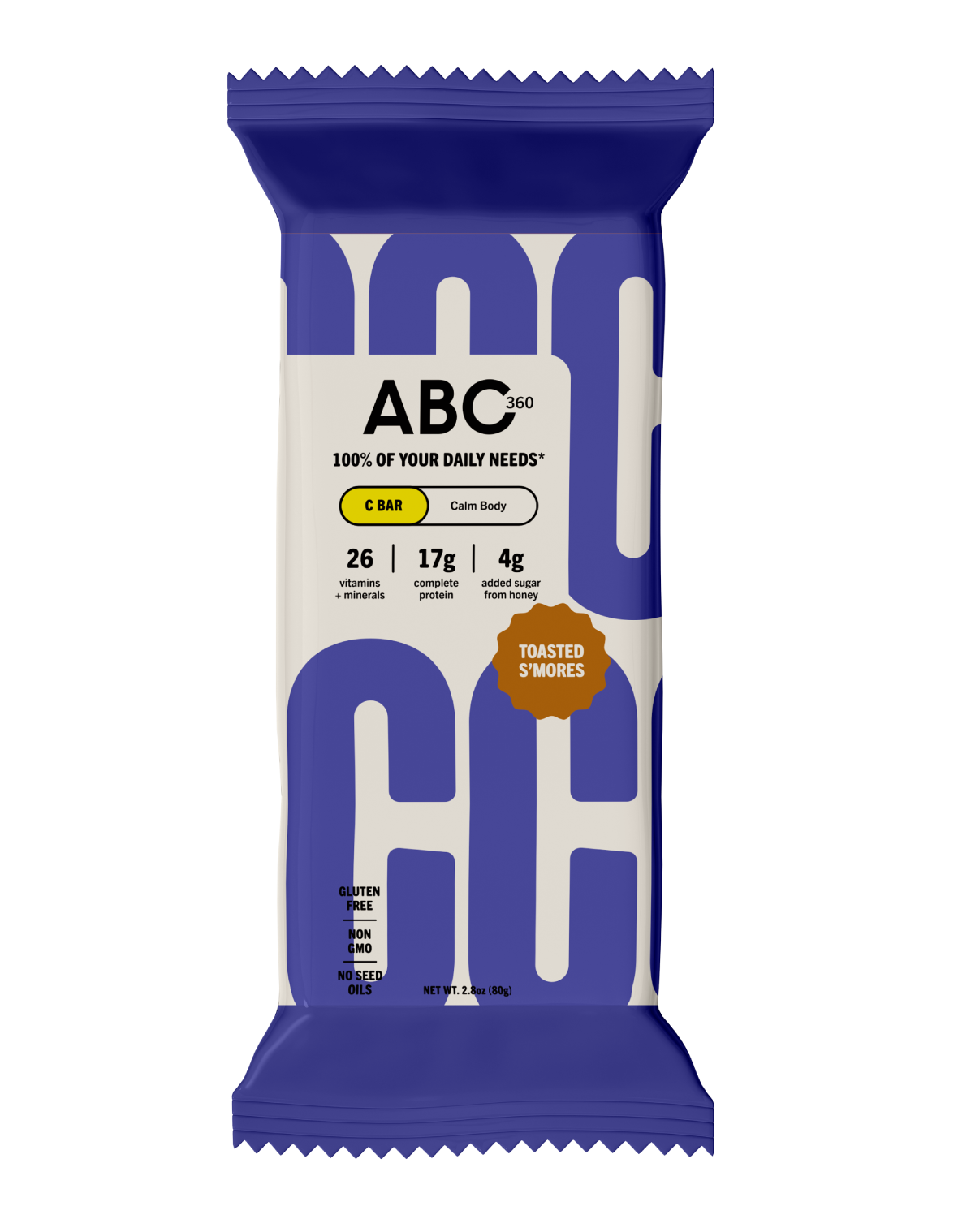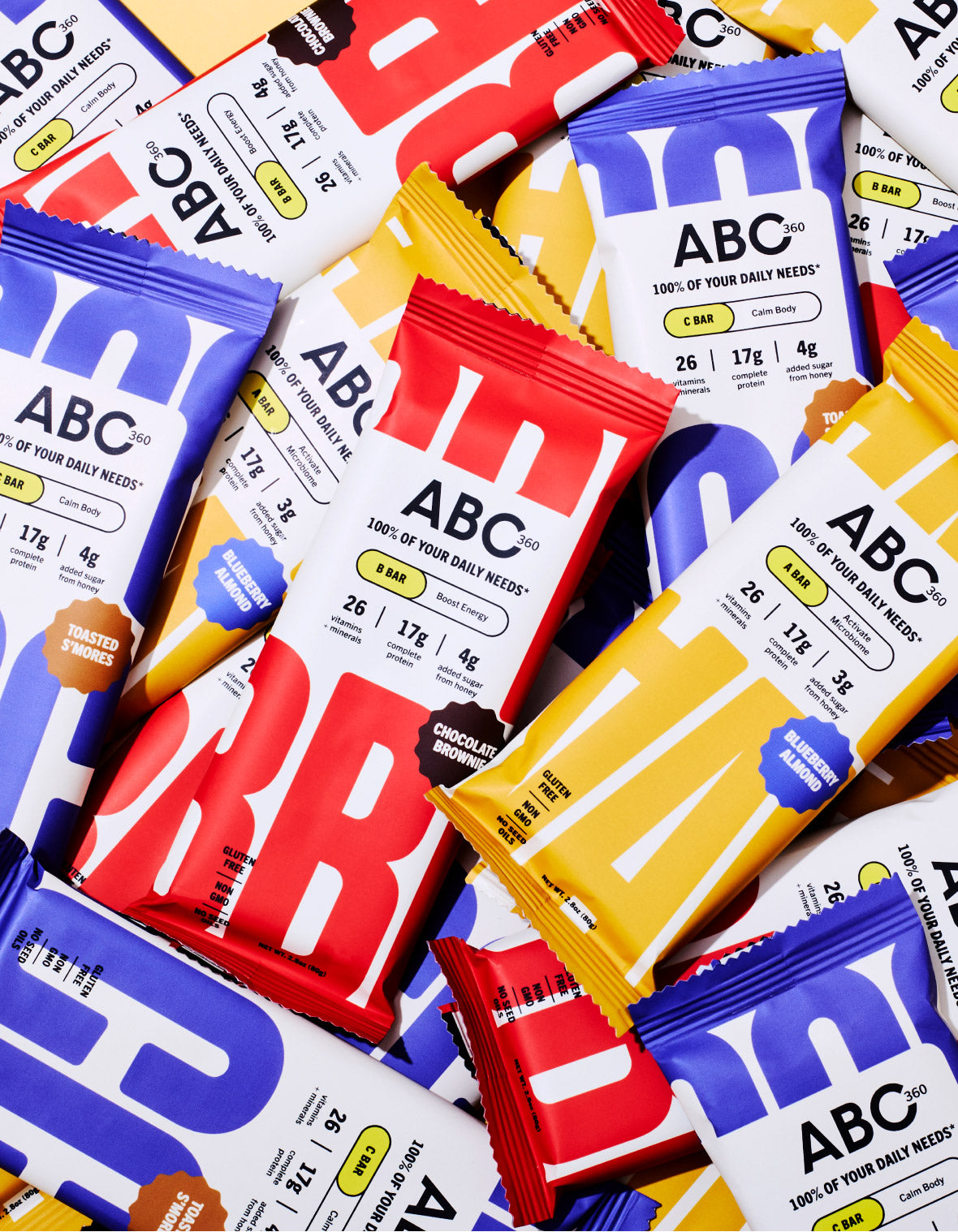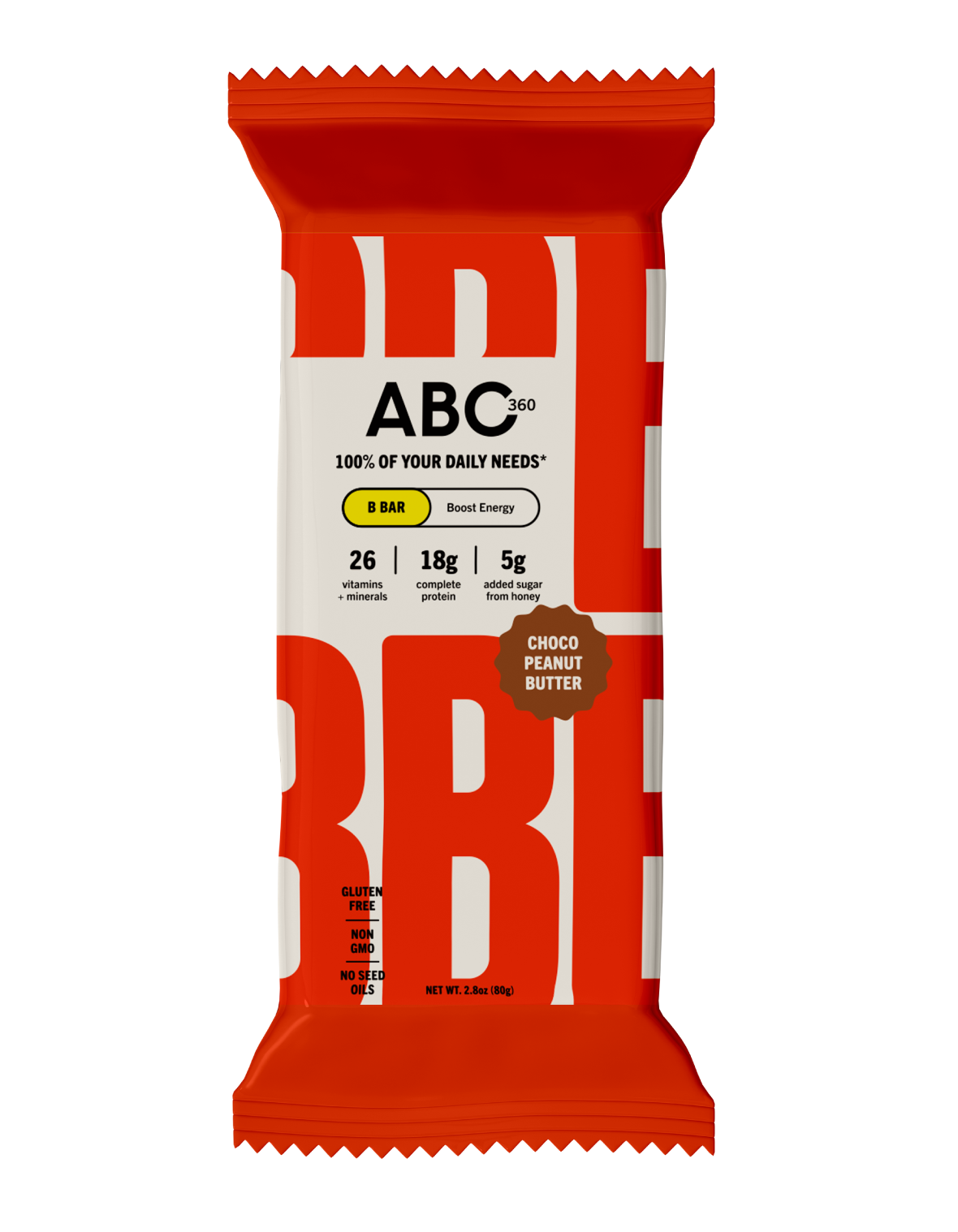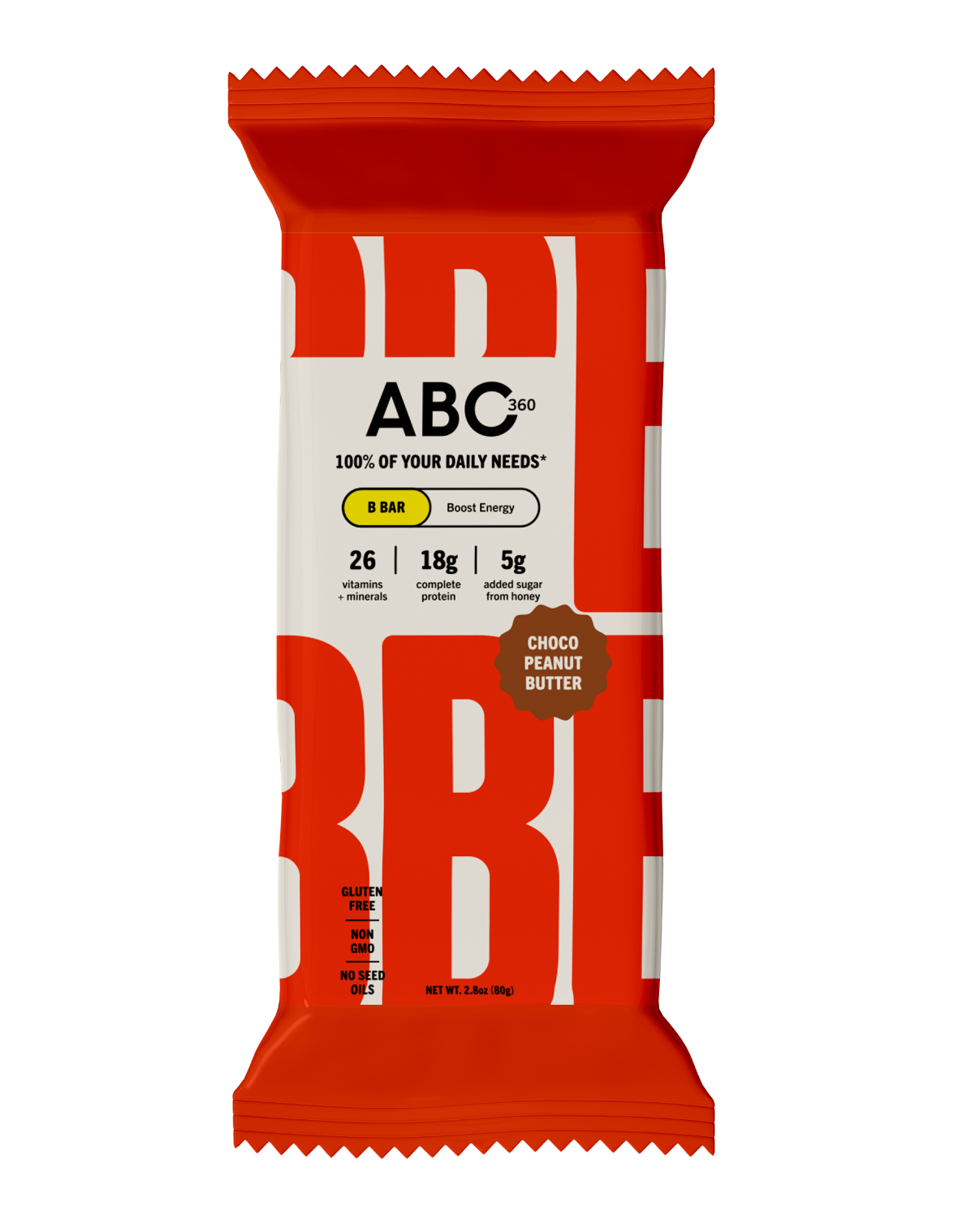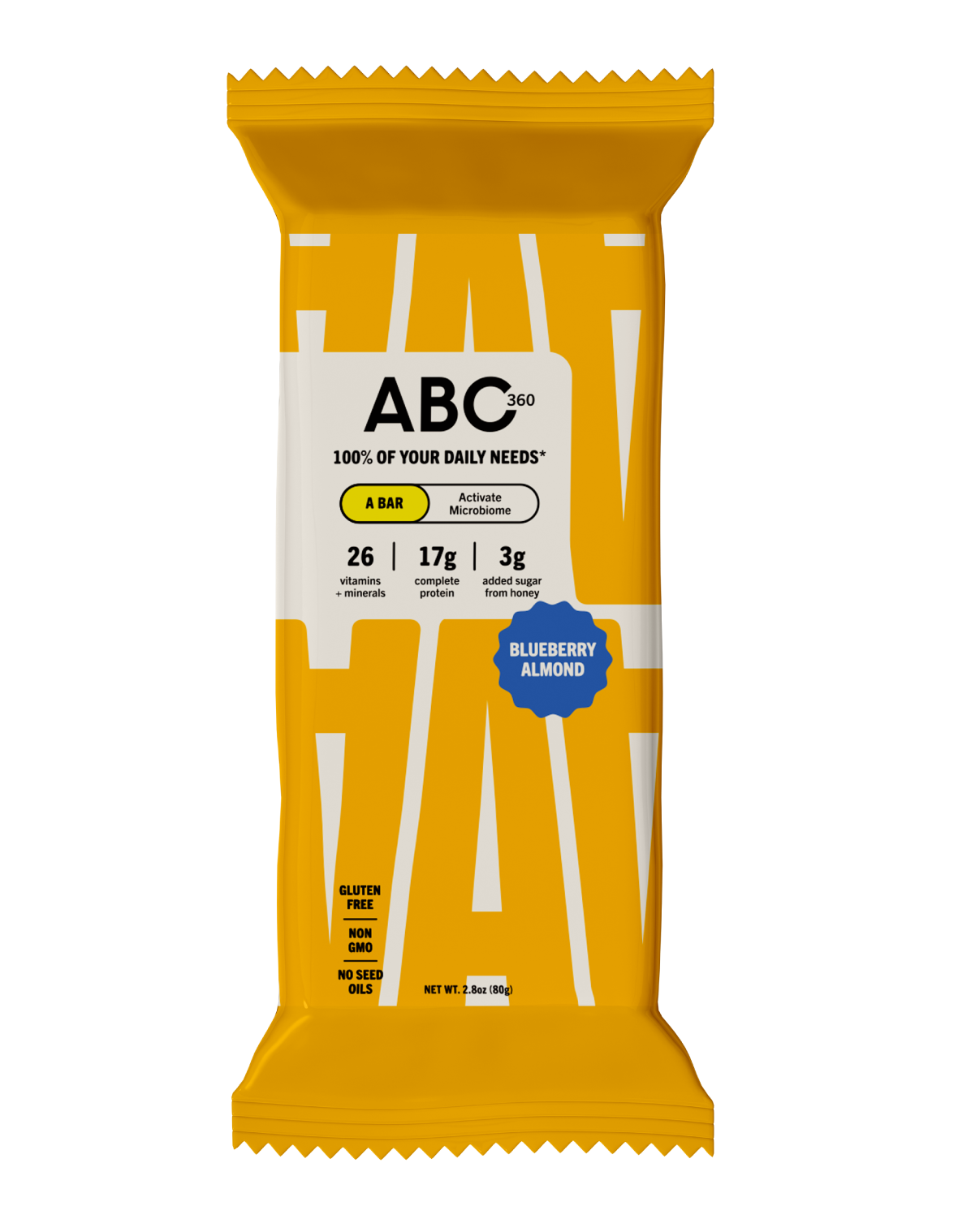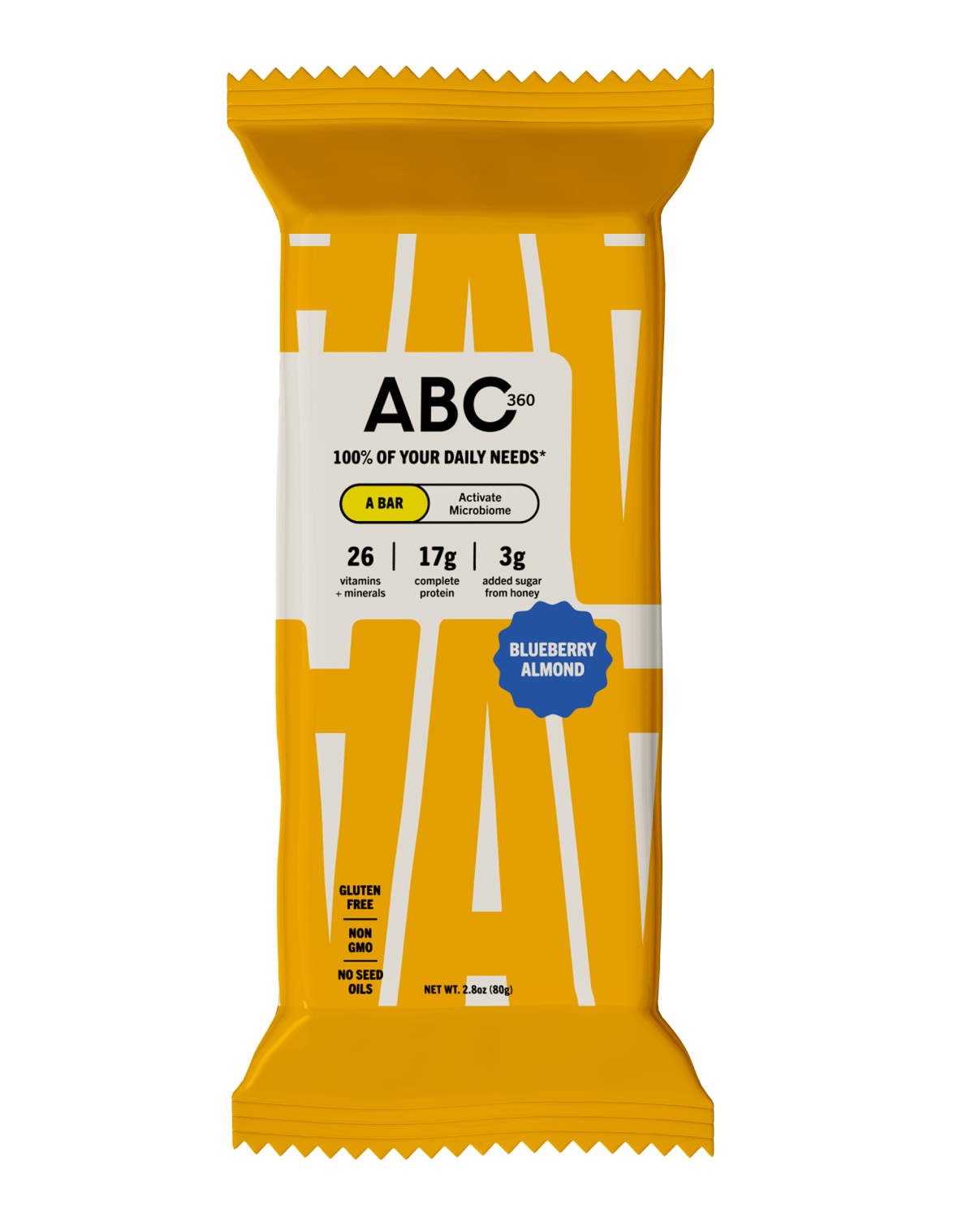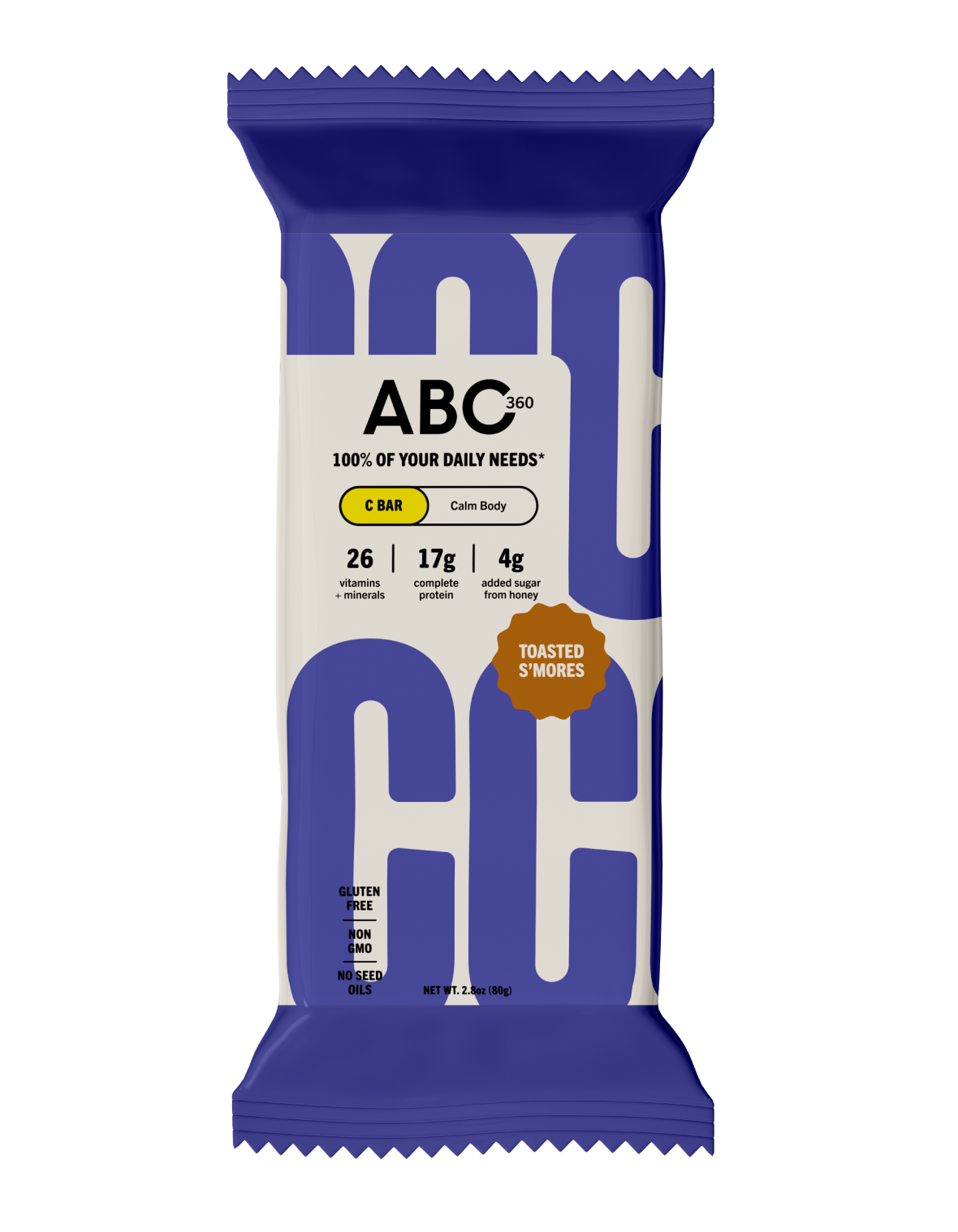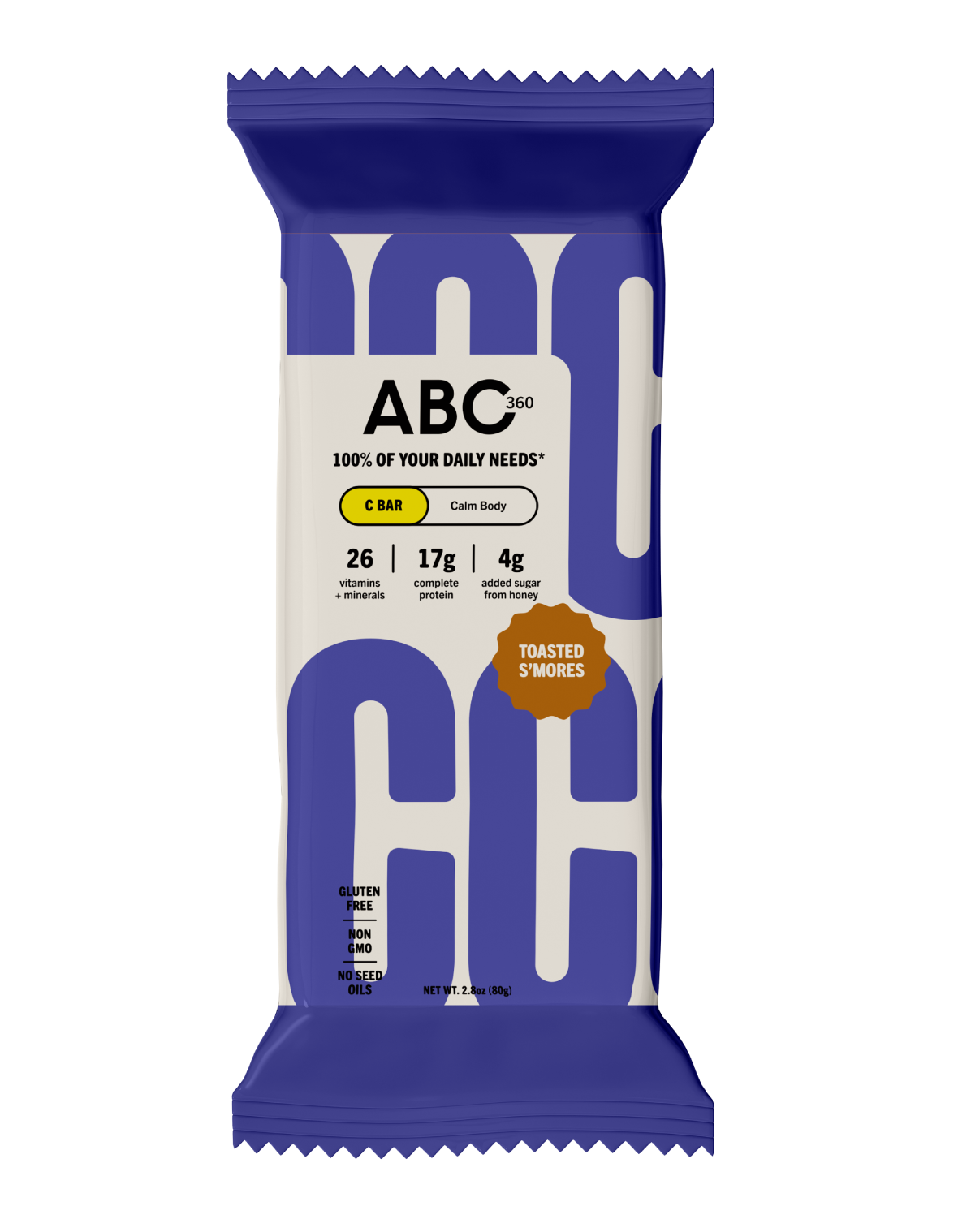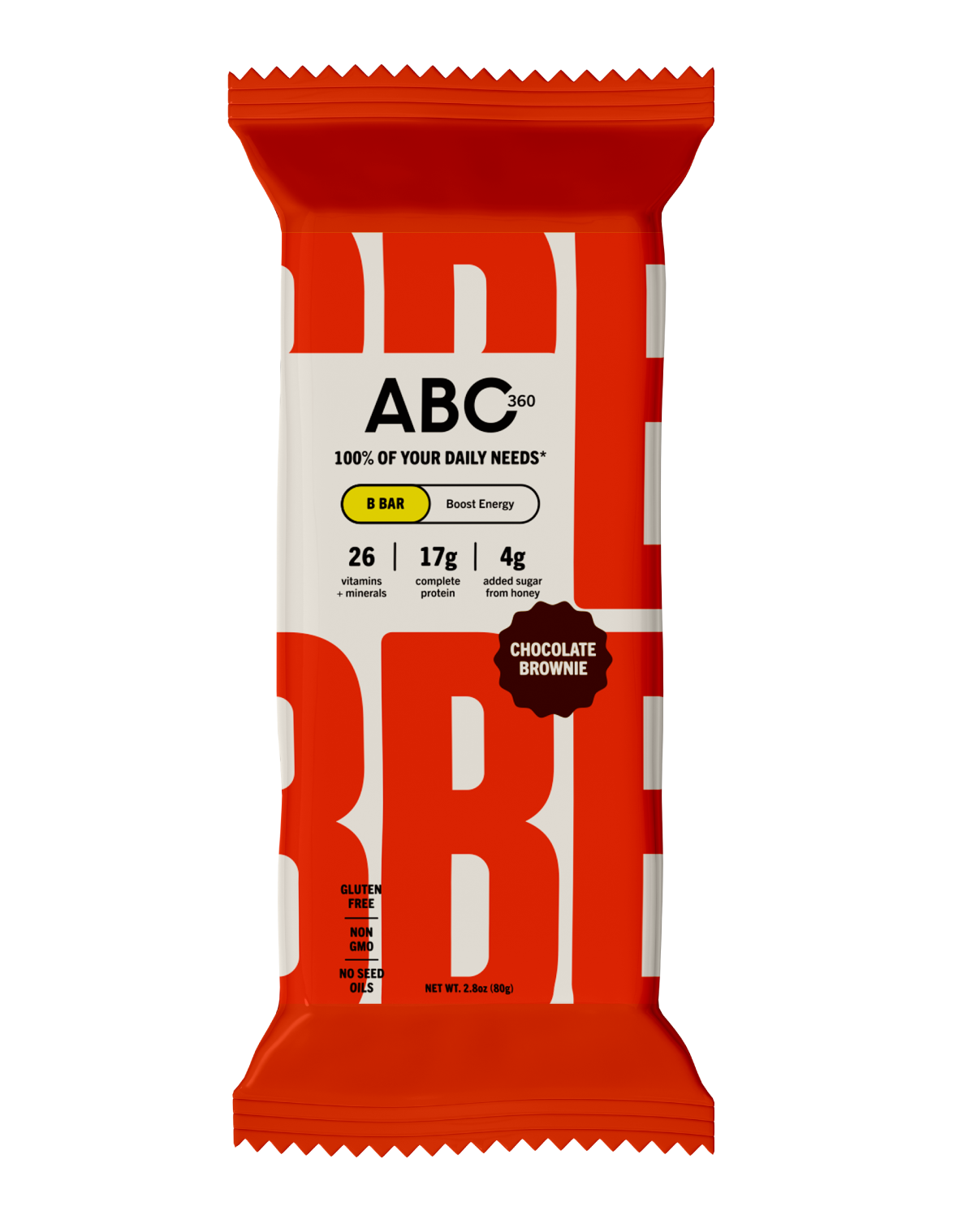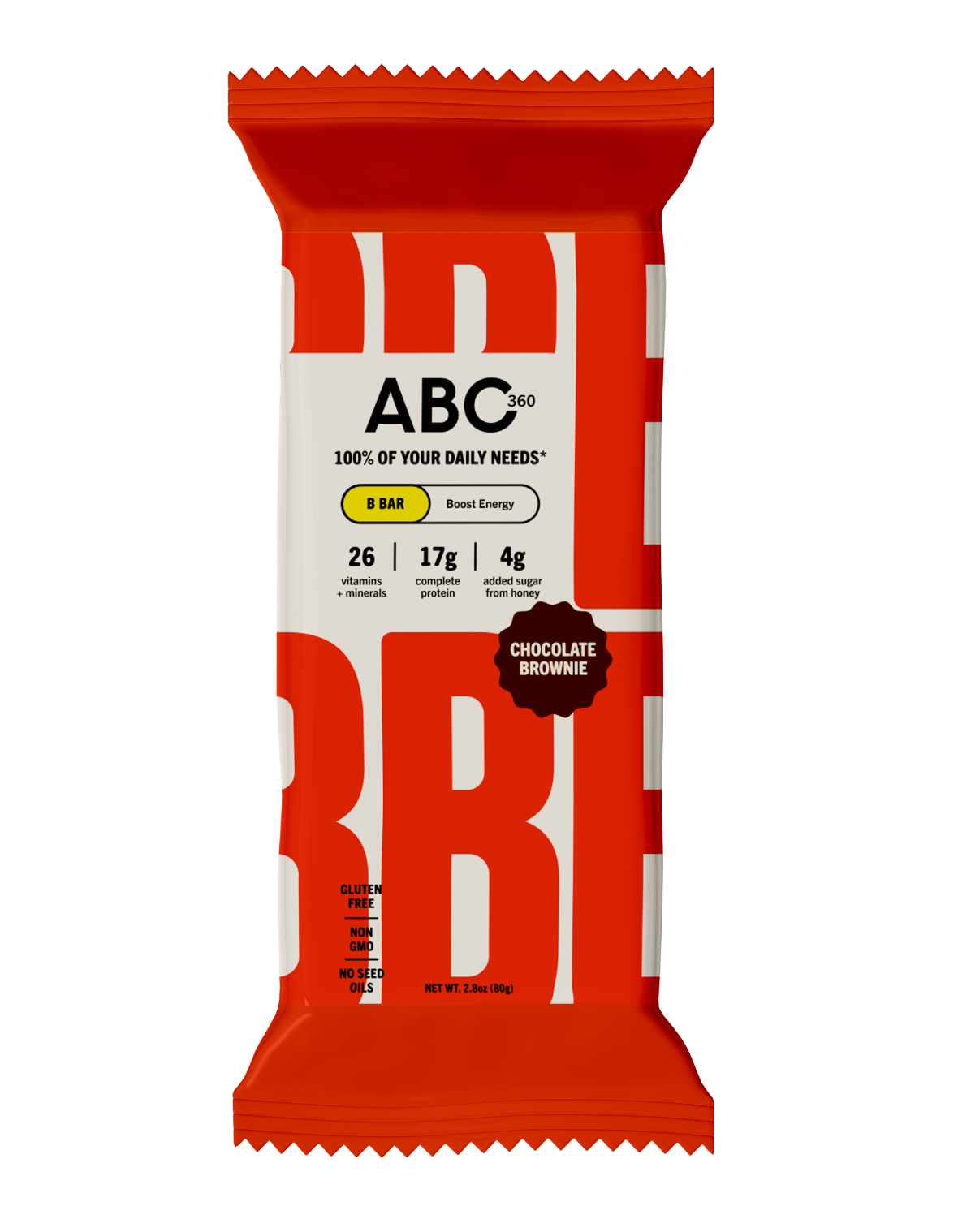
Why Marine Collagen?: The Untold Story of Protein
Most bars on the market use whey, soy, or even beef tallow as their main protein or binding source. There’s a reason for that - they’re cheap, easy to blend, and available by the ton.
But there’s also a reason we don’t.
🧪 Why Most Brands Use Whey, Soy, or Tallow
Whey Protein (from dairy):
-
Cheap and convenient: Whey blends smoothly and provides quick protein absorption, ideal for mass production.
-
But not all whey is equal. Whey concentrate is the most common in bars because it’s inexpensive, but it often contains residual lactose and fats that can cause bloating, digestive distress, and inflammation. Whey isolate is more refined and may be tolerated better, though it’s still a dairy byproduct that can spike insulin.
-
That insulin response isn’t always bad. If you’re training intensely, it can help drive nutrients into muscle. But for most people consuming it as a snack, it can lead to crashes and hunger shortly after.
-
And when whey is exposed to high heat during bar production, its amino acid profile degrades, reducing its nutritional effectiveness.
Soy Protein:
-
Widely used and inexpensive. Soy offers complete amino acids and is easy to process, which makes it appealing for manufacturers.
-
The issue isn’t whole soy. Traditional, minimally processed soy foods like edamame or tofu can have beneficial effects on hormones and heart health.
-
The problem is soy isolates. The refined form used in most protein bars. Isolates are heavily processed, often from genetically modified sources, and can disrupt hormone signaling through concentrated phytoestrogens.
-
They also lack the fiber and nutrients found in whole soy, reducing their overall metabolic benefit.
Beef Tallow:
-
Common in “keto” and “high-fat” bars because it’s shelf-stable and adds richness.
-
But it’s rendered animal fat, not a nutrient-dense protein source.
-
While some individuals thrive on high-fat diets, genetically many do not — excessive saturated fats can elevate LDL cholesterol, impair muscle maintenance, and, in some cases, trigger the body to burn muscle instead of fat for energy.
-
In short, it’s more of a textural shortcut than true functional nutrition.
🌊 Why Marine Collagen Stands Apart
Marine collagen derived from wild-caught fish works with your body in a completely different way.
-
It’s composed primarily of Type I collagen, the most abundant form in the human body, supporting skin, joints, tendons, bones, and connective tissue.
-
Its smaller peptide size allows it to absorb up to 1.5× faster than bovine or porcine collagen, meaning more of what you eat actually gets used by your body.
-
It’s non-inflammatory, non-dairy, non-GMO, and gentle on digestion.
-
Unlike whey, it doesn’t spike insulin, and unlike soy isolates, it provides bioavailable amino acids that rebuild your body’s structure — not just your muscles.
It’s pure, clean, functional fuel that supports recovery, mobility, and longevity.
⚙️ Why Most Companies Don’t Use It
Because it’s expensive and hard to work with.
Marine collagen doesn’t behave like whey or soy. It doesn’t emulsify easily, it’s sensitive to heat and humidity, and it can cause bars to harden or separate during production.
Most brands skip it because it’s not profitable to figure out.
⚡ How We Accidentally Cracked the Code
When we were experimenting with early prototypes, we blended marine collagen with a carrier ingredient we later intended to remove — but something unexpected happened.
The two bonded in a way that created a stable, smooth texture without the typical brittleness or separation.
That “accident” became a breakthrough: we found a way to make marine collagen bars that taste great, hold their form, and deliver complete nutrition.
It wasn’t a lab trick. It was persistence, curiosity, and a bit of luck. The kind of discovery that happens only when you’re not chasing shortcuts.

